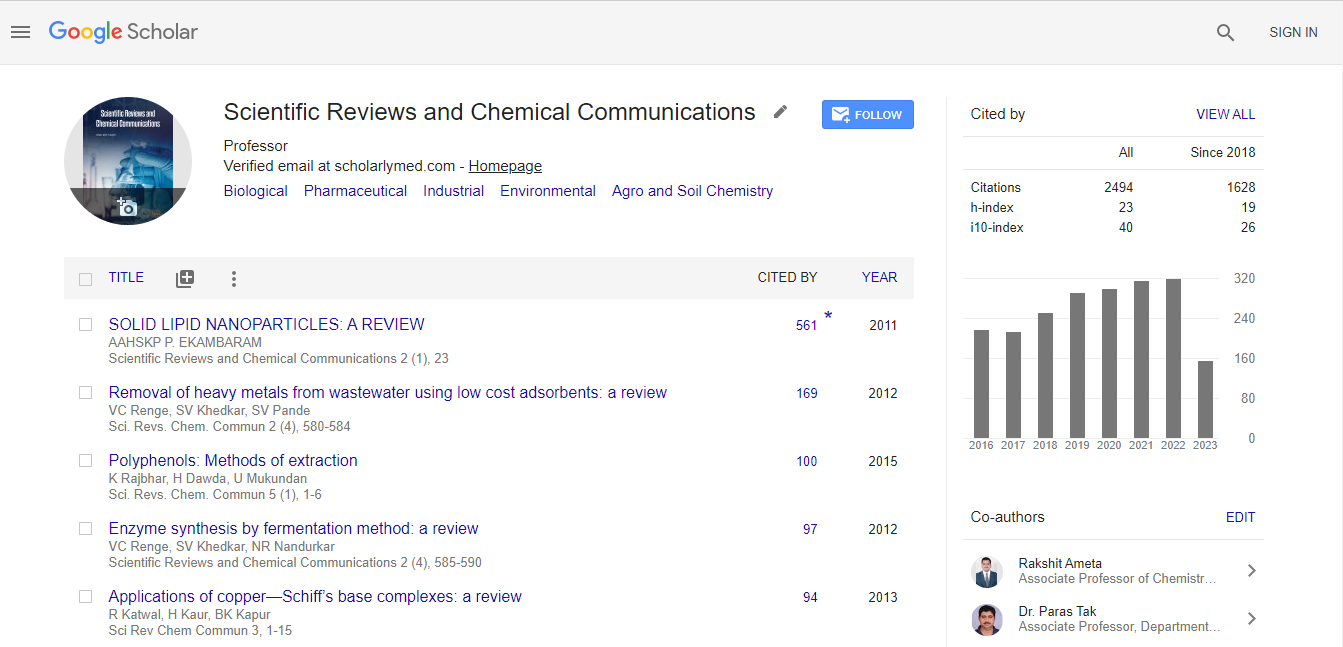Abstract
Computer assisted design, synthesis and biological evaluation of Thiazole based molecules as Bcl2 inhibitors
Author(s): Sagarkumar PatelIntroduction: With the emergence of chemo-resistance and vast cancer types, quest to design novel and potent anticancer molecules is always a priority to enrich the armamentarium of medicinal chemists. The antiapoptotic Bcl-2 proteins are significantly over expressed in several tumor types and are striking targets for therapeutic intervention. This is because once the recalcitrant Bcl-2 proteins are inhibited, the cell follows the regular pathway of apoptosis, that significantly halts tumor progression. Method: Virtually designed molecules were subjected to rigorous in silico screening (docking and ADMET studies). The intuition verified by computation was confirmed by wet bench experiments. Here several thiazole based scaffolds were designed in 3 steps and in vitro evaluated against Bcl-2-Jurkat, A-431 and ARPE-19 cell lines. Results: Among them molecules 32, 50, 53, 57 are 59 showed potent activities against Bcl-2 Jurkat cell line at concentrations ranging from 32-46 µM respectively. One of the ligands 32 emerged as most potent and was subjected to molecular dynamics (MD) simulation with death defying anti-apoptotic Bcl-2 proteins (4IEH). It was shown that 32 interacted with protein majorly via hydrophobic interactions and few electrostatic interactions were also observed. During the MD simulation conformational changes in Bcl-2 protein were observed that facilitates the movement of ligand inside the cavity of protein (majorly involving α3, α4, α5, helices) Flow cytometry analysis of compound 32 suggested that cell undergoes 87.66% Annexin A5 positive. Discussion: This confirmed our hypothesis that rationally designed molecules validated by computational means can significantly target tumor cells and hits developed can be effectively converted into leads by downstream modifications.

